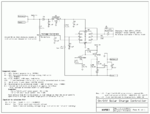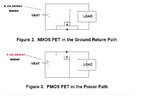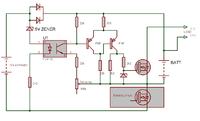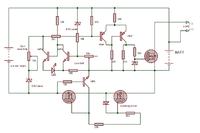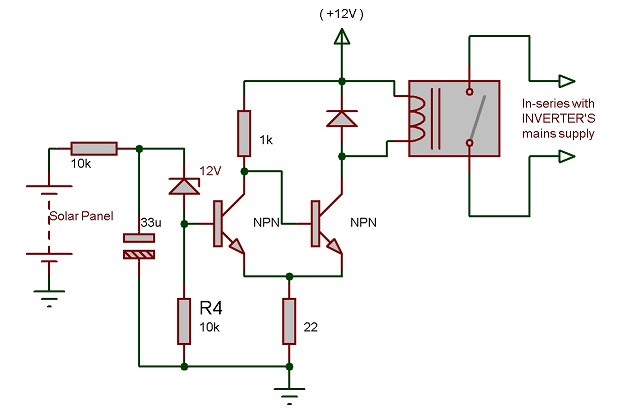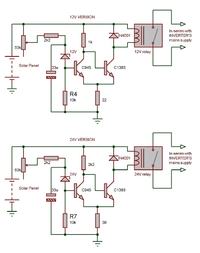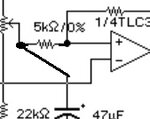vbdev
Member level 1
Yes, you are absolutely correct. I also had the same thought because even the battery voltage was raised to 16V there was still no charging current. I will post the results with a good battery along with your suggested modifications (22uF capacitor across variable resistor).
Can you please explain the operation of MOSFETs in the circuit I have recently added!!!

Thanks!!!
- - - Updated - - -
Sorry I had not read your full text. Is the right side FET is used for current limiting? Should I include it in my circuit?
Can you please explain the operation of MOSFETs in the circuit I have recently added!!!

Thanks!!!
- - - Updated - - -
Sorry I had not read your full text. Is the right side FET is used for current limiting? Should I include it in my circuit?
